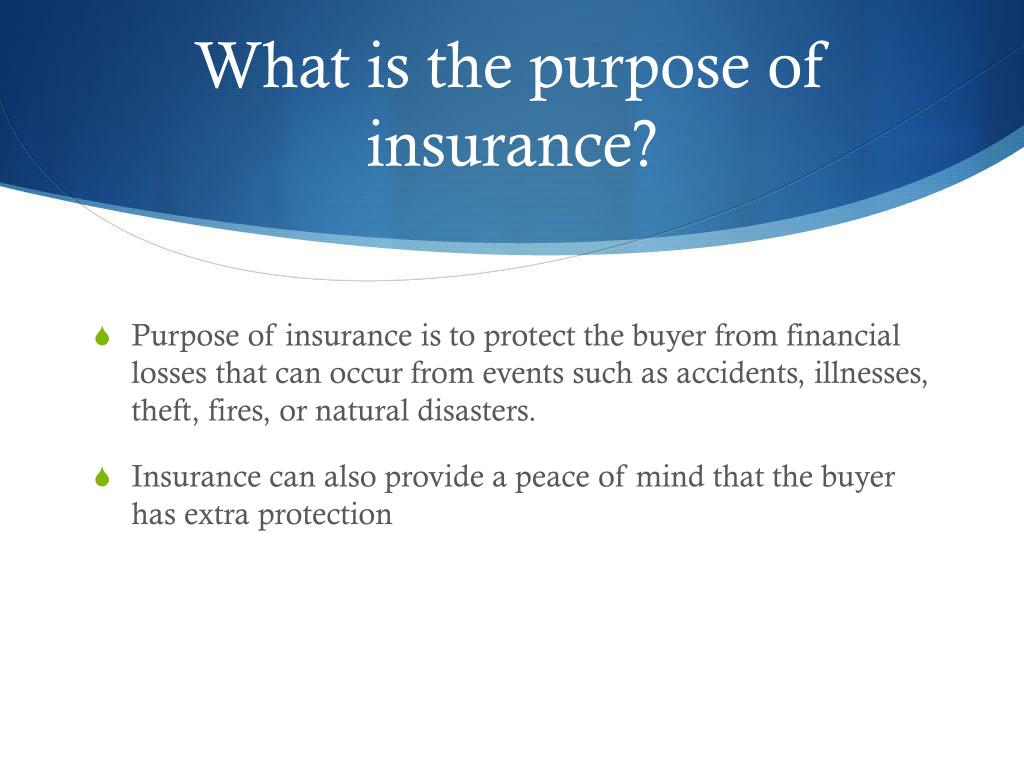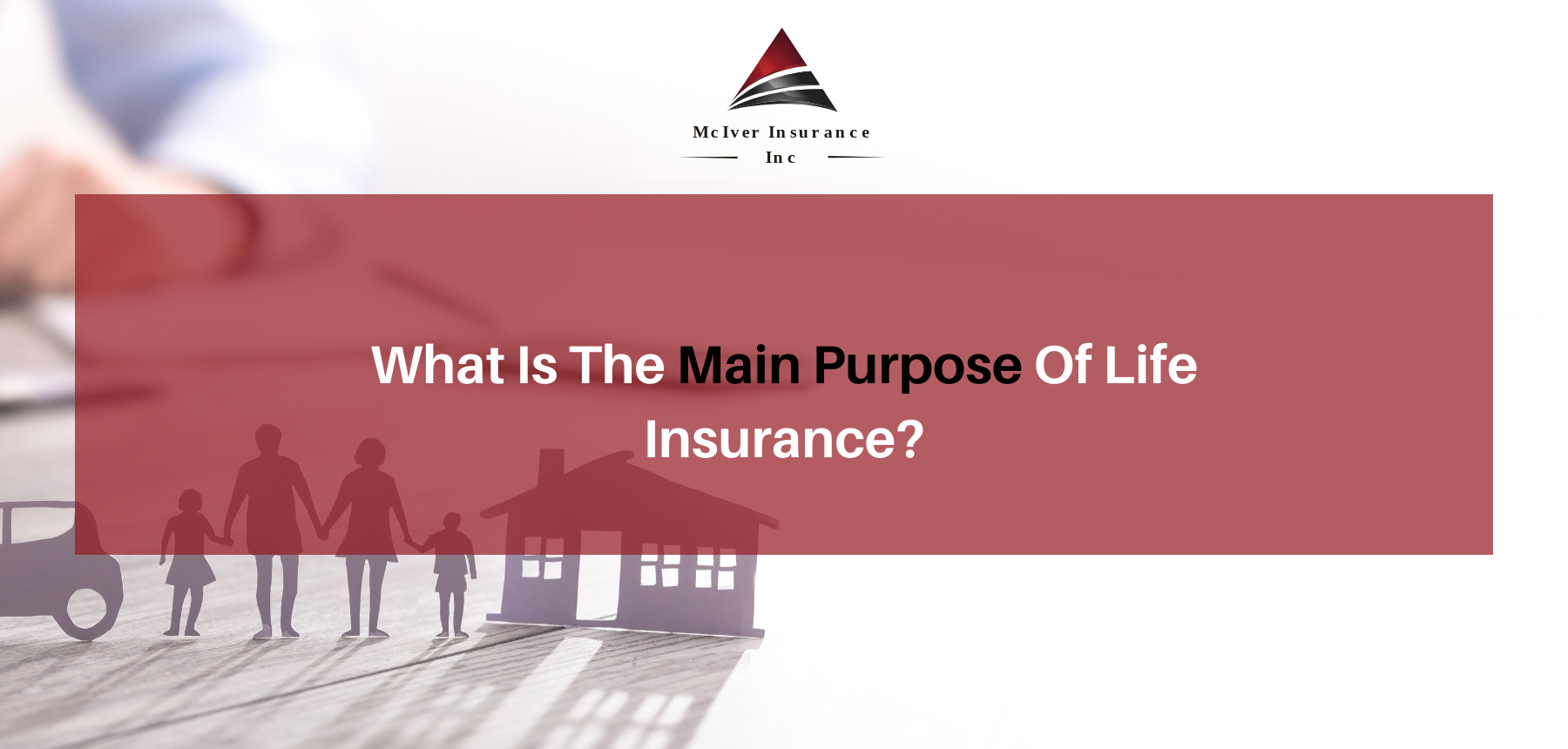The Main Principles Of Pacific Prime
The Main Principles Of Pacific Prime
Blog Article
8 Simple Techniques For Pacific Prime
Table of ContentsGetting The Pacific Prime To WorkThe Greatest Guide To Pacific PrimeSome Known Incorrect Statements About Pacific Prime Pacific Prime - QuestionsPacific Prime - Questions

This is because the information were gathered for a duration of strong economic efficiency. Of the approximated 42 million people who were without insurance, almost about 420,000 (regarding 1 percent) were under 65 years old, the age at which most Americans end up being eligible for Medicare; 32 million were grownups in between ages 18 and 65, about 19 percent of all adults in this age; and 10 million were kids under 18 years old, about 13.9 percent of all kids (Mills, 2000).
These quotes of the number of persons without insurance are created from the yearly March Supplement to the Existing Population Survey (CPS), carried out by the Demographics Bureau. Unless otherwise kept in mind, nationwide price quotes of individuals without medical insurance and proportions of the population with various kinds of protection are based upon the CPS, one of the most extensively used source of quotes of insurance protection and uninsurance rates.
An Unbiased View of Pacific Prime

Still, the CPS is especially useful because it generates annual quotes relatively rapidly, reporting the previous year's insurance protection approximates each September, and since it is the basis for a consistent collection of quotes for more than 20 years, enabling evaluation of fads in insurance coverage gradually. For these reasons, as well as the extensive use of the CPS in various other research studies of insurance protection that are provided in this record, we count on CPS quotes, with limitations noted.

The price quote of the number of without insurance people increases when a populace's insurance coverage status is tracked for a number of years. Over a three-year period beginning early in 1993, 72 million individuals, 29 percent of the united state populace, lacked insurance coverage for a minimum of one month. Within a single year (1994 ), 53 million individuals click here for more experienced at the very least a month without coverage (Bennefield, 1998a)
Six out of every 10 without insurance adults are themselves employed. Although functioning does boost the probability that one and one's relative will have insurance, it is not a warranty. Also members of family members with two permanent breadwinner have virtually a one-in-ten chance of being without insurance (9.1 percent uninsured price) (Hoffman and Pohl, 2000).
The Main Principles Of Pacific Prime
New immigrants make up a substantial percentage of individuals without medical insurance. One evaluation has actually attributed a considerable part of the current development in the size of the U.S. uninsured population to immigrants who got here in the nation between 1994 and 1998 (Camarota and Edwards, 2000). Recent immigrants (those that concerned the USA within the previous 4 years) do have a high price of being uninsured (46 percent), yet they and their children account for just 6 percent of those without insurance coverage nationally (Holahan et al., 2001).
The connection in between medical insurance and accessibility to care is well established, as recorded later on in this phase. The connection between health insurance and health and wellness results is neither straight nor basic, a comprehensive professional and health and wellness services research literary works links health insurance protection to enhanced access to care, much better quality, and improved individual and population health condition.
Levels of evaluation for checking out the impacts of uninsurance. This discussion of health and wellness insurance protection focuses primarily on the united state populace under age 65 due to the fact that practically all Americans 65 and older have Medicare or other public protection. Additionally, it concentrates specifically on those without any type of health insurance for any kind of size of time.
Rumored Buzz on Pacific Prime
The troubles dealt with by the underinsured are in some areas similar to those encountered by the uninsured, although they are usually much less severe. Wellness insurance policy, nevertheless, is neither necessary neither adequate to acquire accessibility to medical solutions. The independent and direct effect of wellness insurance protection on access to health and wellness services is well developed.
Others will get the health and wellness care they need also without health insurance policy, by paying for it expense or seeking it from carriers who offer treatment free or at very subsidized rates. For still others, medical insurance alone does not make sure invoice of care due to other nonfinancial barriers, such as an absence of wellness care carriers in their community, minimal access to transport, illiteracy, or linguistic and social differences.
Some Known Questions About Pacific Prime.
Formal research regarding without insurance populations in the USA dates to the late 1920s and early 1930s when the Board on the Price of Treatment produced a collection of reports about funding medical professional workplace visits and hospitalizations. This problem ended up being prominent as the varieties of medically indigent climbed during the Great Anxiety.
Report this page